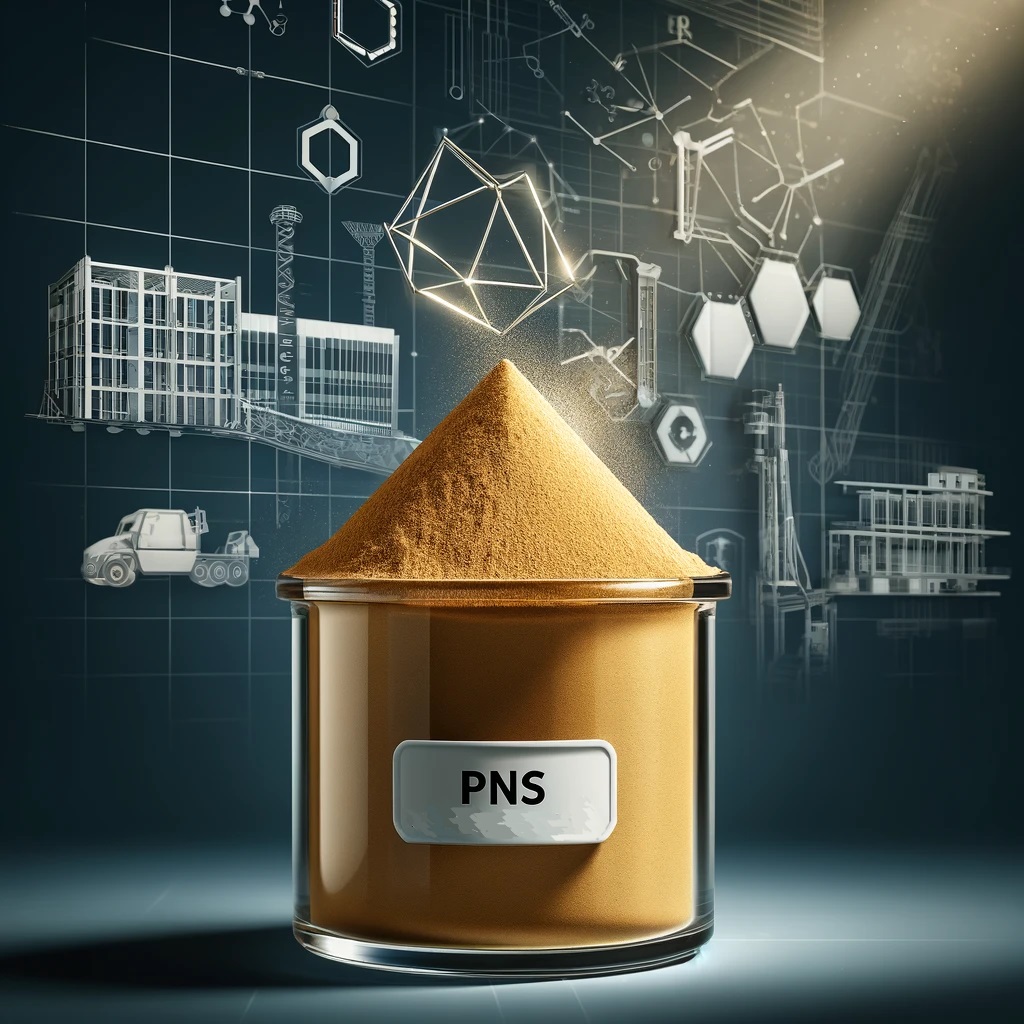The Essential Role of PNS in Enhancing Mineral Flotation and Frothing Processes in the Mining Industry
22 May 2024
In the mining industry, the efficient separation and extraction of valuable minerals from ore is crucial. This process often relies on the use of various chemical additives that optimize flotation and frothing, ensuring higher recovery rates and improved separation efficiency. Among these additives, Poly Naphthalene Sulfonate (PNS) has emerged as an invaluable component in flotation, frothing, and gangue depression processes. Much like quebracho did, PNS plays a pivotal role in optimizing the flotation of minerals, enhancing separation efficiency, and contributing significantly to the sustainability of mining operations.

Understanding Flotation and Frothing in Mining
Flotation is a widely used method in the mining industry to separate valuable minerals from gangue, the non-valuable material that surrounds the ore. This process involves the addition of reagents to a slurry of finely ground ore and water. The reagents render the desired minerals hydrophobic (water-repellent) and allow them to attach to air bubbles, which rise to the surface to form a froth. This froth can then be skimmed off, concentrating the valuable minerals while leaving the gangue behind.
Frothing agents, also known as frothers, are crucial in this process as they stabilize the froth formed at the surface, ensuring that the valuable mineral-laden bubbles are effectively collected. Gangue depressants are used to inhibit the flotation of unwanted minerals, thereby improving the selectivity and efficiency of the separation process.

PNS: A Superior Flotation and Frothing Agent
Polymelamine Naphthalene Sulfonate (PNS) has gained recognition as a highly effective reagent in the flotation process, comparable to quebracho. Here’s how PNS enhances flotation, frothing, and gangue depression processes:
-
Improved Separation Efficiency: PNS acts as a powerful dispersant and frothing agent. It ensures the uniform dispersion of fine particles, preventing the agglomeration of gangue minerals. This results in better selectivity and higher separation efficiency, allowing for the extraction of more valuable minerals from the ore.
-
Enhanced Froth Stability: The froth stability is critical for effective flotation. PNS contributes to the formation of a stable froth layer, ensuring that the mineral-laden bubbles remain at the surface for a longer duration. This maximizes the recovery of valuable minerals and minimizes losses.
-
Effective Gangue Depression: PNS exhibits strong gangue-depressing properties, similar to quebracho. It selectively inhibits the flotation of unwanted minerals, thereby improving the purity of the extracted concentrate. This selectivity is essential for achieving high-quality mineral concentrates.
-
Sustainability and Cost-Effectiveness: The use of PNS in flotation processes contributes to the sustainability of mining operations. By optimizing mineral recovery and reducing the consumption of other reagents, PNS helps in minimizing environmental impact and operational costs.
Case Studies and Industry Applications
Several mining operations have reported significant improvements in flotation efficiency and recovery rates after incorporating PNS into their processes. Here are some notable examples:
-
Copper Mining: In copper mining, the use of PNS has led to higher copper recovery rates, improved concentrate grades, and reduced reagent consumption. The stability of the froth and the selective depression of gangue minerals have been particularly beneficial in processing complex copper ores.
-
Gold and Silver Mining: Gold and silver mining operations have also benefited from the application of PNS. The reagent’s ability to enhance froth stability and improve the selectivity of flotation has resulted in higher yields of precious metals from ore.
-
Molybdenum Concentration: Molybdenum, a valuable mineral used in steel alloys and other industrial applications, requires precise flotation processes for efficient recovery. PNS has been instrumental in increasing the recovery rates of molybdenum by improving the selectivity and stability of the flotation process. This ensures higher purity concentrates and better overall efficiency in molybdenum extraction.
-
Zinc Concentration: In zinc mining, PNS has proven effective in enhancing flotation circuits, leading to improved recovery rates and concentrate quality. The reagent’s ability to stabilize the froth and selectively depress gangue minerals ensures that zinc concentrates are of high purity, which is essential for further processing and refining.

Conclusion
Poly Naphthalene Sulfonate (PNS) is proving to be an indispensable asset in the mining industry. Its ability to optimize the flotation of minerals, enhance froth stability, and selectively depress gangue minerals positions it as a superior alternative to traditional reagents like quebracho. By contributing to higher recovery rates and improved separation efficiency, PNS plays a critical role in the sustainability and profitability of mining operations. As the industry continues to seek innovative solutions for efficient mineral extraction, the adoption of PNS is poised to become even more widespread.